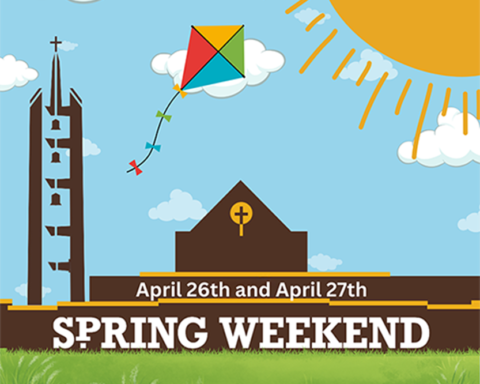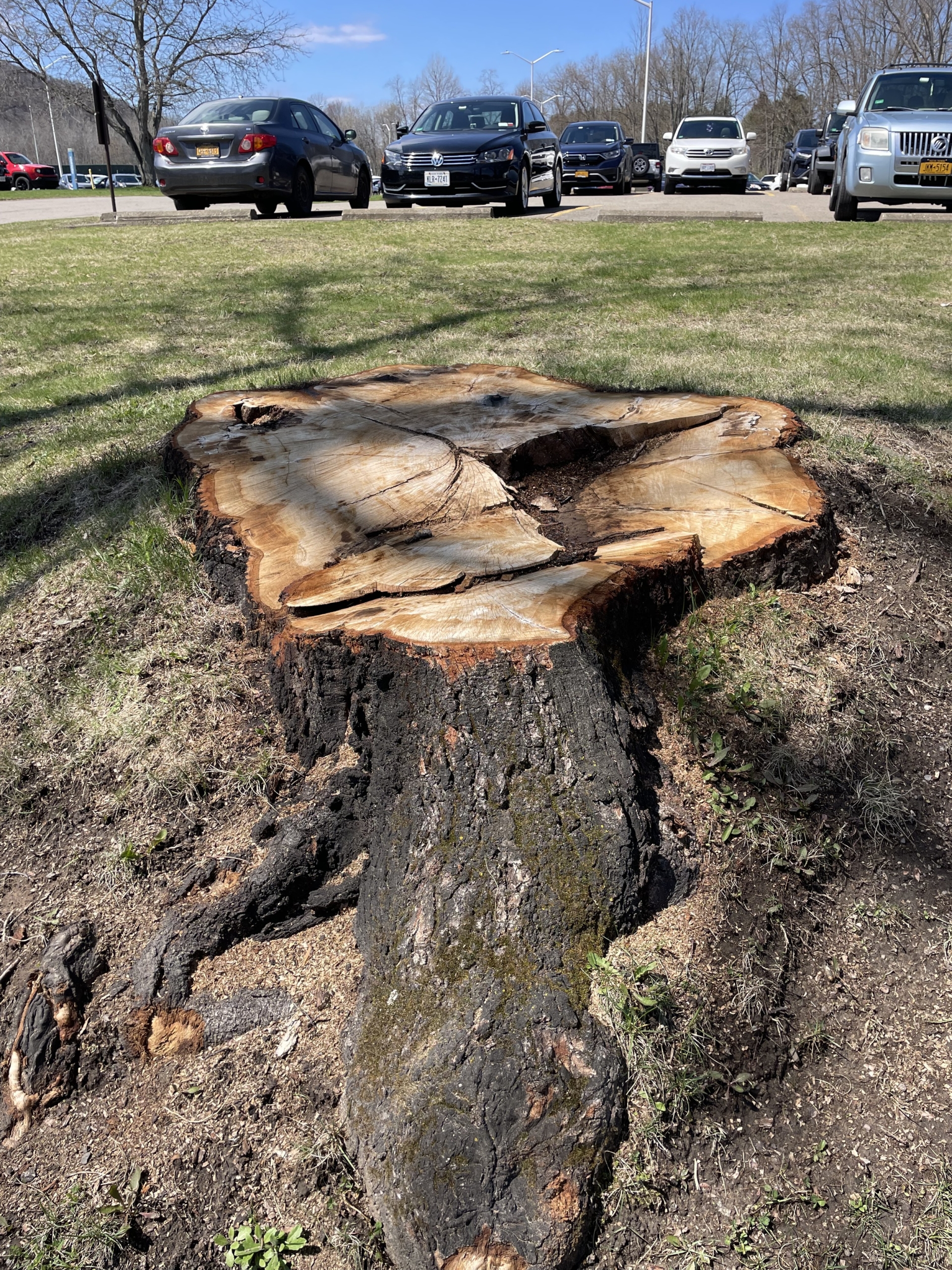Lian Bunny
News Assignment Editor
Since fall of 2013, St. Bonaventure University has partnered with Olean Intermediate Middle School by hosting Science, Technology, Engineering and Mathematics-related activities (STEM).
The relationship began when the Olean School District received a STEM Enrichment Grant last year. According to Joseph Zimmer, dean of the School of Education, this $60,000 grant from the state Education Department was contingent on partnering with a university and having a residential camp on their campus. It allowed 15 students in 6th and 7th grade to attend monthly sessions on St. Bonaventure’s campus, concluding with a 4-day summer camp.
Zimmer and Wolfgang Natter, former dean of the School of Arts and Sciences, helped to oversee the grant, working in tandem with Katie Ralston, the district’s STEM coordinator, from the Olean School District.
“St. Bonaventure is very concerned, as is the rest of the world, on getting kids interested in STEM areas because that’s where a lot of employment opportunities are in this country,” Zimmer said. “I was very proud of our science, technology and mathematics faculty stepping up and engaging with young people, because we know middle school is where impressions are made for later careers.”
During parts of the fall 2013 and spring 2014 semester, the students attended sessions at St. Bonaventure every couple of weeks. The program also extended into the summer of 2014.
Bonaventure faculty interacted with the students, leading hands-on workshops that implemented STEM. Christopher Hill, professor of mathematics, Professor Tae Cooke, professor of physics, and Dr. Steve Andrianoff, professor of computer science, ran lessons in their respective fields of study. Nick Mitchell, former professor of biology at Bonaventure, was in charge of the biology department until the summer of 2014.
“The goal of the whole program was to help the students be excited about and expose them to the wonderful areas of STEM, in ways they might not have seen before,” Hill said. “STEM is so fantastically important, and we had, through our faculty programs, unusual and really fun ways to get into that.”
The Bonaventure staff involved activities for the students to physically experience STEM. Cooke, using physics, helped the students make functional digital clocks, which students were able to take home with them.
Hill used a program called Zometool to teach his mathematical lessons. Zometool creates mathematically precise construction kits in which kids can build geometric shapes with the plastic tools. According to Hill, students can build structures from shapes to DNA models to works of art.
The mathematics sections of the STEM program were in the spring of 2014. Hill met with the students two Saturdays in March. During the first meeting, he let students experiment building with Zometool in a gallery in The Regina A. Quick Center. By the end of their session, some students had built a replica of the White House. Others fashioned a construction of skyscrapers that stretched to the top of the gallery.
For the second session, Hill had the students participate in what he calls a ‘geometric barn raising.’ After the students were acclimated with Zometool, they worked together to create a 7,200-part model of a three-dimensional shadow of a four-dimensional shape called a cantellated hyper icosahedron. Hill has directed seven ‘barn raisings’ and this group of 6th and 7th-graders was his youngest yet. The students completed the structure within five hours.
Five of the geometric shapes made through these ‘barn raisings’ are currently on display in the Friedsam Memorial Library.
“When the students left my sessions in the spring after the ‘barn raising,’ the last time they saw their model it was in the gallery,” Hill said. “They returned in the summer and it had been moved over to the library where it was conspicuously placed on display. The students were really very proud and delighted to see it on display there. They had tremendous enthusiasm and pride and deservedly so for creating a really amazing structure.”
Overall, Zimmer felt the STEM program reflected well upon Bonaventure.
“I was very happy to see that we are participating in the STEM world,” Zimmer said. “We are not just a liberal arts institution, but we have a very strong science component to our university.”



